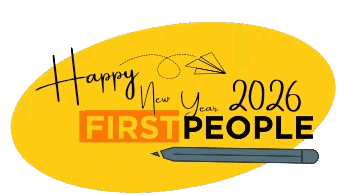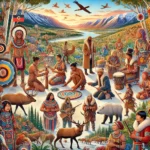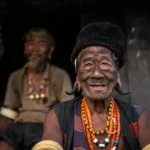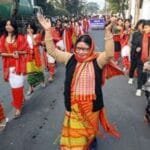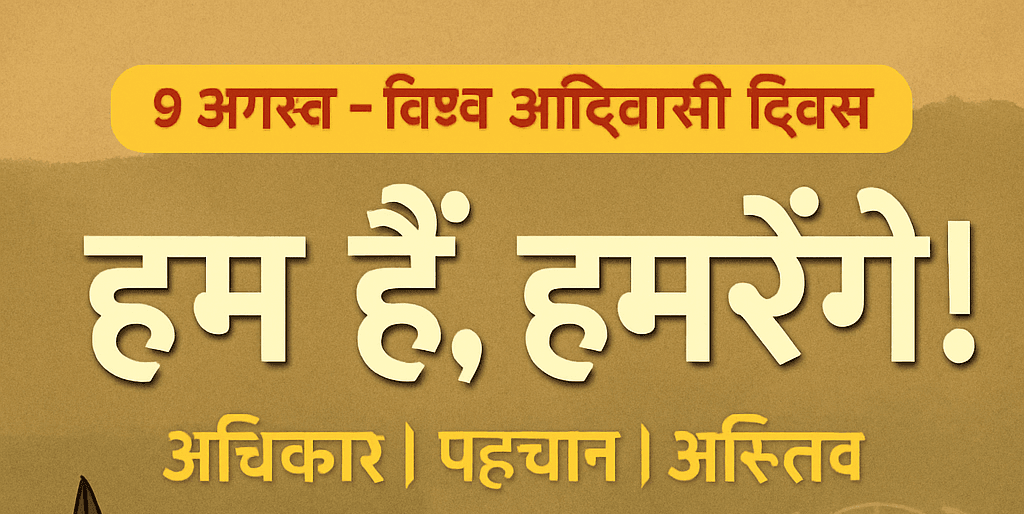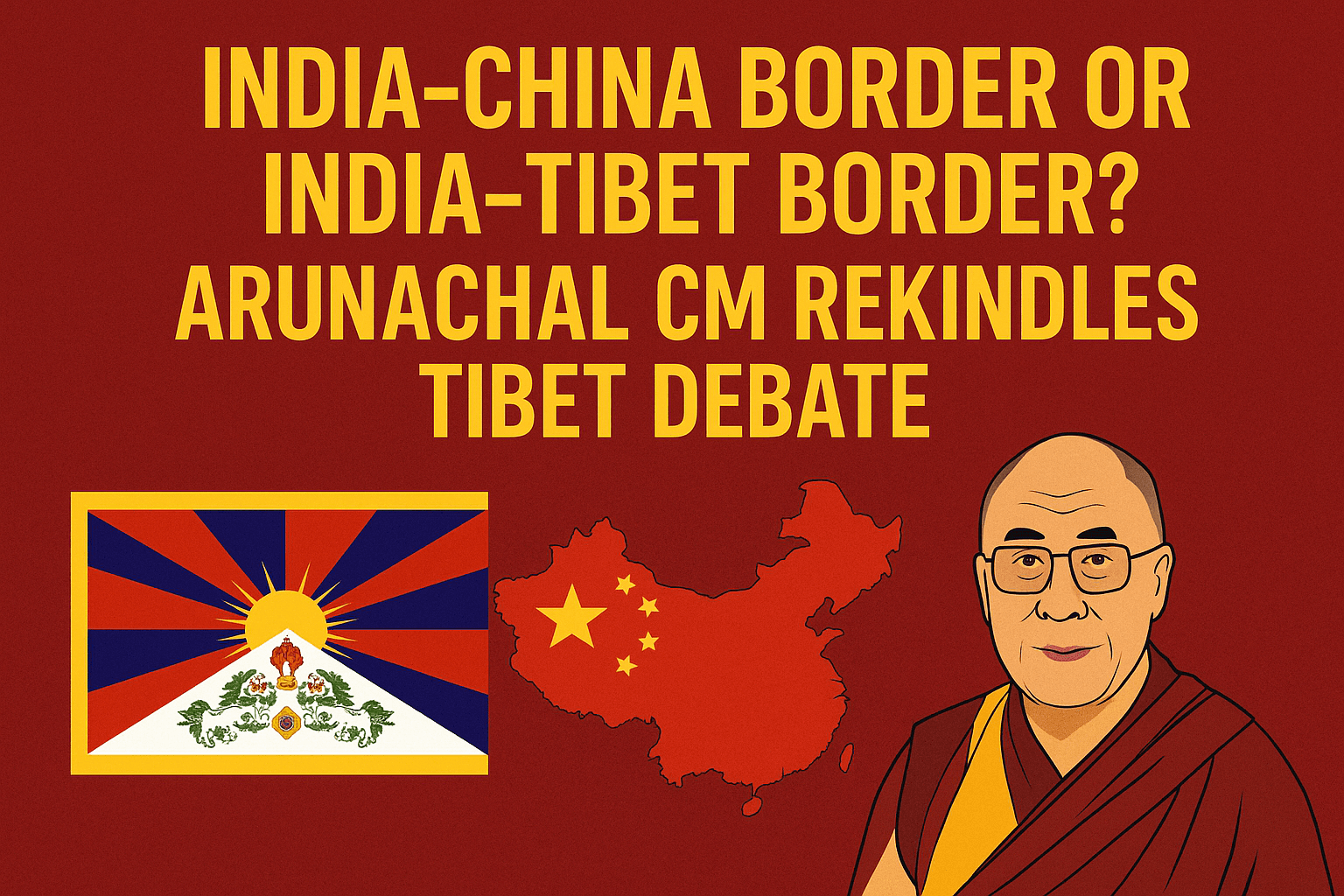The demand for exclusion of converted tribals from the Scheduled Tribes (ST) list is a complex and contentious issue in India, particularly among tribal communities. This demand stems from various factors, including questions of identity, social status, political representation, and access to benefits. Here, we explore these aspects in detail to understand the reasons behind this demand.
1. Identity and Cultural Concerns
A. Preservation of Tribal Identity: Tribal communities often view conversion to other religions, particularly Christianity, as a threat to their cultural and traditional identity. They believe that once a tribal converts, they may adopt practices and beliefs that are different from their tribal culture, leading to a dilution or loss of their unique identity.
B. Social Segregation: In some tribal societies, there is a strong sense of social segregation between tribal and non-tribal communities. Converted tribals may face social exclusion or stigma within their own tribal communities, as well as challenges in integrating into non-tribal communities due to their tribal background.
2. Historical Context and Colonial Legacy
A. Colonial Policies: The colonial administration in India introduced policies that encouraged and facilitated conversions to Christianity among tribal communities. These policies were often aimed at undermining tribal identities and cultures, leading to a deep-seated distrust of conversions among many tribal communities.
B. Perception of Coercion: There is a perception among some tribal communities that conversions to Christianity were often accompanied by coercion, inducements, or manipulation, particularly by missionaries and outside forces. This perception further fuels the demand for exclusion from the ST list for converted tribals.
3. Political Representation and Benefits
A. Reservation Benefits: Being classified as Scheduled Tribes entitles communities to various benefits, including reservations in education, employment, and political representation. Some tribal communities fear that including converted tribals in the ST list could dilute these benefits, as converted tribals may not have faced the same historical disadvantages as other tribal communities.
B. Political Representation: The inclusion of converted tribals in the ST list could also affect the political representation of tribal communities. Some fear that it could dilute the political power and representation of genuine tribal communities, as the number of seats reserved for STs is based on the population of STs in a particular area.
4. Legal and Constitutional Aspects
A. Definition of Scheduled Tribes: The Constitution of India defines Scheduled Tribes based on certain criteria, including their traditional occupation, distinct cultural characteristics, and geographical isolation. Some argue that converted tribals may not meet these criteria, as conversion to another religion may have altered their traditional practices and cultural characteristics.
B. Supreme Court Judgments: The Supreme Court of India has ruled in several cases that converted tribals are not eligible for ST status, as the purpose of reservation for STs is to uplift communities that have faced historical disadvantages due to their tribal status.
5. Contemporary Socio-Political Dynamics
A. Clashes within Tribal Communities: The issue of inclusion of converted tribals in the ST list has led to tensions and conflicts within tribal communities. There are often differing opinions within tribal societies, with some supporting the inclusion of converted tribals and others vehemently opposing it.
B. Influence of External Factors: External factors, such as political agendas, missionary activities, and social movements, can also influence the demand for exclusion of converted tribals from the ST list. These factors can shape perceptions and attitudes within tribal communities, leading to varying demands and responses.
In conclusion, the demand for exclusion of converted tribals from the Scheduled Tribes list is rooted in complex historical, cultural, social, and political factors. While some argue for the preservation of tribal identity and culture, others raise concerns about the dilution of benefits and political representation. Addressing this issue requires a nuanced understanding of the diverse perspectives within tribal communities and a balanced approach that respects their identities, aspirations, and rights.
